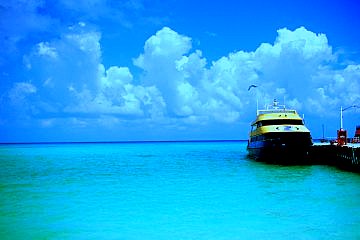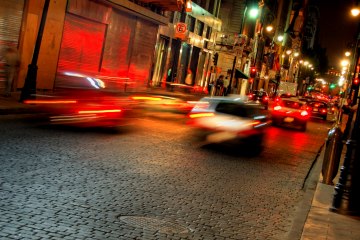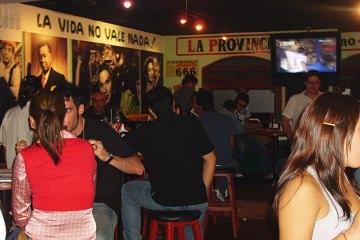The history of Playa del Carmen is closely related to that of Cozumel and Cancún.
In its earliest days, the area was a trading crossroads connecting north & south with routes starting at the waterfront and heading west along the ancient Mayan raised road system known as the Sacbe or “white ways.” The roads were white from limestone stucco set on top of crushed stone. Some portions of the road have been discovered in-tack and are visible today in some excavated ruins like those in Coba.
Close to the area that is now known as Playa Del Carmen was also a jumping off point for earliest Mayan visitors from the mainland traveling to Cozumel. Many of those visitors were women making pilgrimage to worship Ix Chel, the wife of the Sun God Itzamna and the Goddess of Fertility, to whom the temples on Cozumel were dedicated.
strong>
For most of its history, it remained a simple fishing village. Fast forward to 1967 when Cancún was picked by the Mexican government as one of the places for development as a tourist destination. Playa’s proximity to Cancún and the establishment of a ferry service to Cozumel lead to some increased interest in the small community.
By the mid-70’s, a few small hotels catering to a US and European clientele popped up. Without the attraction for divers that Cozumel held or the glitzy resorts of Cancún, Playa developed a reputation as a laid back beach and a favorite of a more bohemian crowd and earned a following that included those that enjoyed a more natural style of sunbathing (aka topless).
In the early 1990’s the Playacar Resort was built in 2 phases; the first section on the beach and the 2nd around an 18-hole golf course. That marked the first international class hotel and resort community south of Cancún in what is known as the Riviera Maya. Others soon followed. Around the same time, Playa Del Carmen became a regular stop for cruise ships that disgorged thousands of tourist making excursions to the ruins in Tulúm and other local sights. Shops and restaurants began to spring up around the pier, where the cruisers were dropped and that spilled over down Avenida Quinta, (Playa’s very own Fifth Avenue), the first street that runs parallel to the shoreline. That street now has been turned into a pedestrian mall chock full of shops, restaurants, bars and small hotels and is the focal point of the entertainment scene in Playa.
As Playa became better known to foreign tourists and as many of the best resort locations in Cancún became overbuilt, developers and hoteliers starting looking for new lands to the south to conquer and Playa fit the bill. Today, Playa has grown from that sleepy fishing village of only a few years ago to a busy, vibrant premier beach vacation destination.



